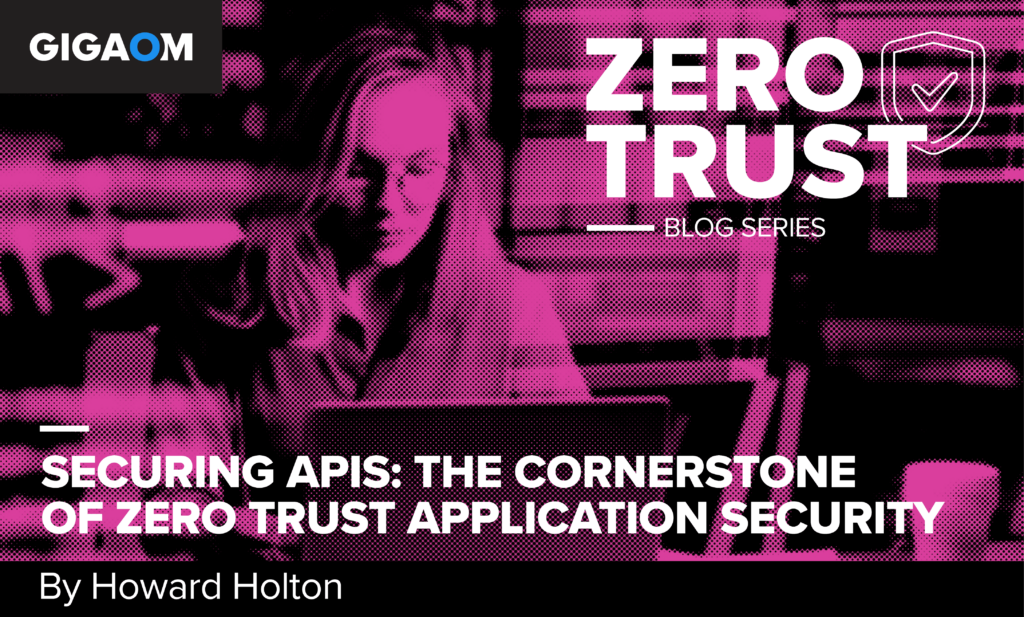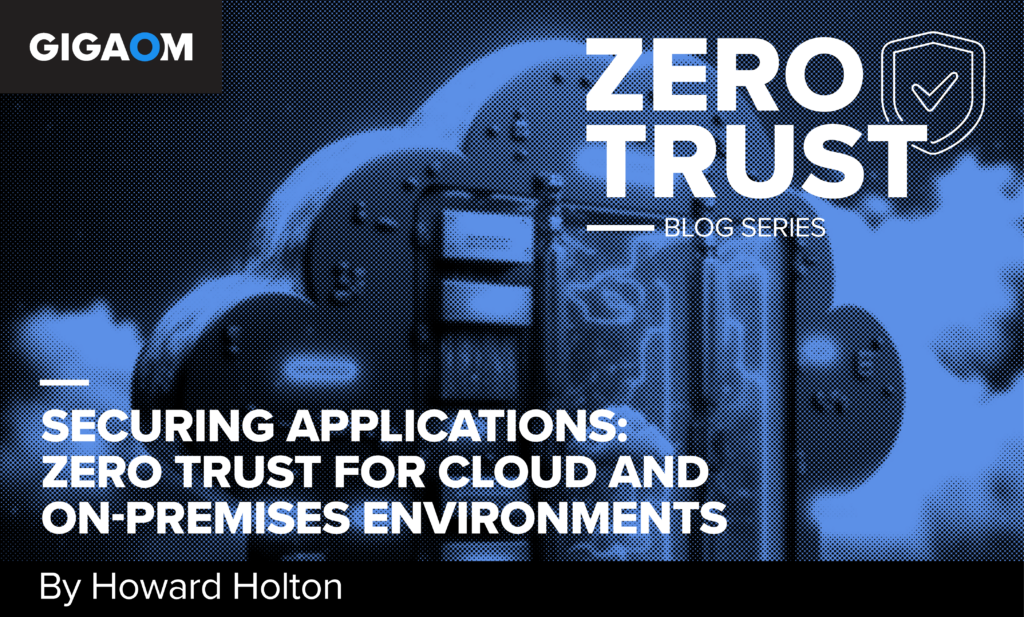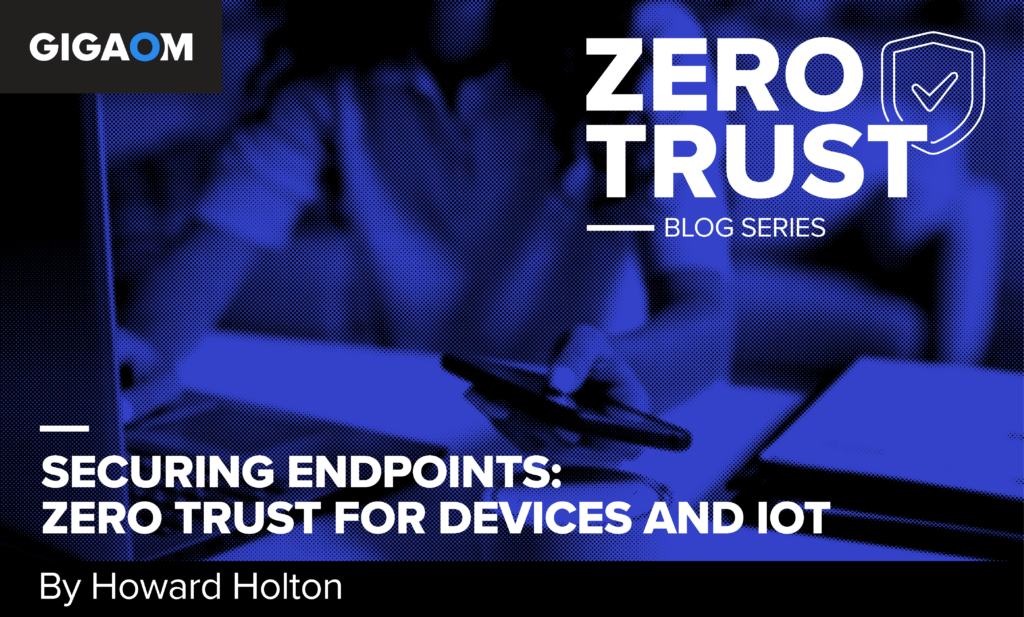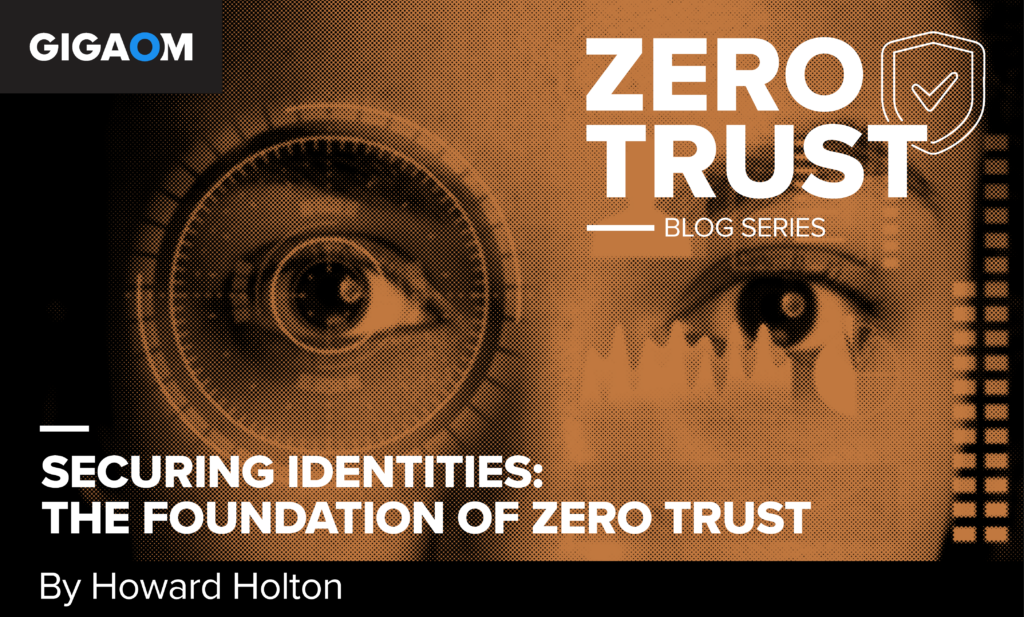Securing APIs: The Cornerstone of Zero Trust Application Security
Welcome to the latest installment of our zero trust blog series! In our previous post, we explored the importance of application security in a zero trust model and shared best practices for securing cloud-native and on-premises applications. Today, we’re diving deeper into a critical aspect of application security: API security.
In the modern application landscape, APIs have become the backbone of digital communication and data exchange. From microservices and mobile apps to IoT devices and partner integrations, APIs are everywhere. However, this ubiquity also makes them a prime target for attackers.
In this post, we’ll explore the critical role of API security in a zero trust model, discuss the unique challenges of securing APIs, and share best practices for implementing a comprehensive API security strategy.
Why API Security is Critical in a Zero Trust Model
In a zero trust model, every application and service is treated as untrusted, regardless of its location or origin. This principle extends to APIs, which are often exposed to the internet and can provide direct access to sensitive data and functionality.
APIs are particularly vulnerable to a range of attacks, including:
- Injection attacks: Attackers can manipulate API inputs to execute malicious code or commands, such as SQL injection or cross-site scripting (XSS).
- Credential stuffing: Attackers can use stolen or brute-forced credentials to gain unauthorized access to APIs and the data they expose.
- Man-in-the-middle attacks: Attackers can intercept and modify API traffic to steal sensitive data or manipulate application behavior.
- Denial-of-service attacks: Attackers can overwhelm APIs with traffic or malformed requests, causing them to become unresponsive or crash.
To mitigate these risks, zero trust requires organizations to take a comprehensive, multi-layered approach to API security. This involves:
- Authentication and authorization: Enforcing strong authentication and granular access controls for all API requests, using standards like OAuth 2.0 and OpenID Connect.
- Encryption and integrity: Protecting API traffic with strong encryption and digital signatures to ensure confidentiality and integrity.
- Input validation and sanitization: Validating and sanitizing all API inputs to prevent injection attacks and other malicious payloads.
- Rate limiting and throttling: Implementing rate limits and throttling to prevent denial-of-service attacks and protect against abuse.
By applying these principles, organizations can create a more secure, resilient API ecosystem that minimizes the risk of unauthorized access and data breaches.
The Challenges of Securing APIs
While the principles of zero trust apply to all types of APIs, securing them presents unique challenges. These include:
- Complexity: Modern API architectures are often complex, with numerous endpoints, versions, and dependencies, making it difficult to maintain visibility and control over the API ecosystem.
- Lack of standardization: APIs often use a variety of protocols, data formats, and authentication mechanisms, making it challenging to apply consistent security policies and controls.
- Third-party risks: Many organizations rely on third-party APIs and services, which can introduce additional risks and vulnerabilities outside of their direct control.
- Legacy APIs: Some APIs may have been developed before modern security practices and standards were established, making it difficult to retrofit them with zero trust controls.
To overcome these challenges, organizations must take a risk-based approach to API security, prioritizing high-risk APIs and implementing compensating controls where necessary.
Best Practices for Zero Trust API Security
Implementing a zero trust approach to API security requires a comprehensive, multi-layered strategy. Here are some best practices to consider:
- Inventory and classify APIs: Maintain a complete, up-to-date inventory of all APIs, including internal and external-facing APIs. Classify APIs based on their level of risk and criticality, and prioritize security efforts accordingly.
- Implement strong authentication and authorization: Enforce strong authentication and granular access controls for all API requests, using standards like OAuth 2.0 and OpenID Connect. Use tools like API gateways and identity and access management (IAM) solutions to centrally manage authentication and authorization across the API ecosystem.
- Encrypt and sign API traffic: Protect API traffic with strong encryption and digital signatures to ensure confidentiality and integrity. Use transport layer security (TLS) to encrypt API traffic in transit, and consider using message-level encryption for sensitive data.
- Validate and sanitize API inputs: Validate and sanitize all API inputs to prevent injection attacks and other malicious payloads. Use input validation libraries and frameworks to ensure consistent and comprehensive input validation across all APIs.
- Implement rate limiting and throttling: Implement rate limits and throttling to prevent denial-of-service attacks and protect against abuse. Use API management solutions to enforce rate limits and throttling policies across the API ecosystem.
- Monitor and assess APIs: Continuously monitor API behavior and security posture using tools like API security testing, runtime application self-protection (RASP), and security information and event management (SIEM). Regularly assess APIs for vulnerabilities and compliance with security policies.
By implementing these best practices and continuously refining your API security posture, you can better protect your organization’s assets and data from the risks posed by insecure APIs.
Conclusion
In a zero trust world, API security is the cornerstone of application security. By treating APIs as untrusted and applying strong authentication, encryption, and input validation, organizations can minimize the risk of unauthorized access and data breaches.
However, achieving effective API security in a zero trust model requires a commitment to understanding your API ecosystem, implementing risk-based controls, and staying up to date with the latest security best practices. It also requires a cultural shift, with every developer and API owner taking responsibility for securing their APIs.
As you continue your zero trust journey, make API security a top priority. Invest in the tools, processes, and training necessary to secure your APIs, and regularly assess and refine your API security posture to keep pace with evolving threats and business needs.
In the next post, we’ll explore the role of monitoring and analytics in a zero trust model and share best practices for using data to detect and respond to threats in real-time.
Until then, stay vigilant and keep your APIs secure!
Additional Resources:
Securing APIs: The Cornerstone of Zero Trust Application Security Read More »



